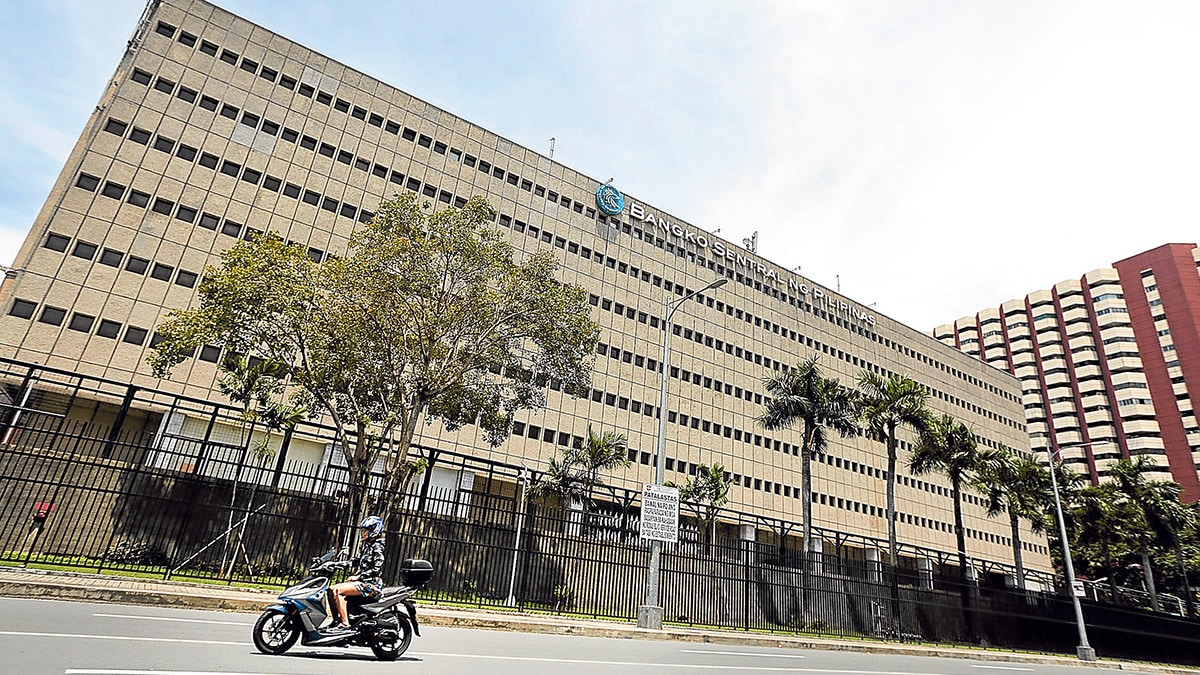Total resources of the Philippine financial system grew in August to stay above the P32-trillion mark for the third straight month, continuing an expansion to support the financing needs of the country’s growing economy.
Excluding the own resources of the Bangko Sentral ng Pilipinas (BSP), total funds and assets held by the local financial system amounted to P32.14 trillion in August, up by 9 percent compared with a year ago based on preliminary data.
These resources represent cash and assets like credit, deposits, capital and bonds that financial entities can use to meet their funding needs. At the same time, the amount also includes rainy day funds that regulated institutions set aside to cover potential losses and depreciation.
Initial figures from the BSP showed the resources of banks jumped by 11 percent year-on-year in August to P26.81 trillion, accounting for 83 percent of the total assets and cash owned by the entire financial system.
By size of lender, big banks saw their resources climb by 11 percent to P25.09 trillion, while thrift banks saw an 8-percent increase to P1.13 trillion.
The nascent digital banking industry registered a 29-percent increase in their total assets and funds to P110 billion. Meanwhile, resources held by rural and cooperative banks amounted to P478.9 billion, marking a 15-percent surge.
Lastly, assets and funds owned by nonbank financial institutions like investment houses, pawnshops, insurance companies and state-run pension funds grew by 3 percent to P5.3 trillion, making up for the remaining 17 percent of the total resources of the Philippine financial system.
Moving forward, analysts expect banks to benefit from further interest rate cuts by the BSP, which can help stimulate credit growth in a country that historically gets about 70 percent of its economic output from consumption. Those gains, in turn, could help the local financial system accumulate more resources needed to support the Philippines’ growing economy.
The BSP kicked off its easing cycle in August with a quarter point cut to the policy rate to 6.25 percent, with analysts expecting another reduction of the same magnitude once the powerful Monetary Board meets later today.
In an interview with Bloomberg earlier this month, Governor Eli Remolona Jr. had said the central bank would aim for a gradual shift to easier financing conditions until the benchmark rate falls to 4.5 percent by the end of 2025. —Ian Nicolas P. Cigaral
